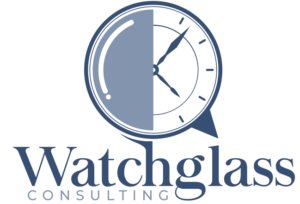Fast Tracking Into The Future
Recently, I read an interesting account about the rise of the railroad in America in the early 19th century. What started as a technical demonstration soon made the leap to commercial use in the 1830s, when the first networks of trains and tracks began transporting goods and, soon afterwards, paying passengers. Suddenly there was a much faster, much more efficient way to move cargo and people across a big, expanding country. Commerce blossomed, new businesses prospered, and people could travel and communicate like never before. It would seem that everyone would welcome the railroad with open arms.
But, interestingly, that wasn’t the case, at least initially. People complained about the noise and the smoke of steam locomotives, and the land that was dissected and consumed by tracks and train yards. Owners of horse-drawn transport systems felt threatened by an ungainly iron horse that seemed destined to rob them of their livelihoods. There were even some clergy who pondered from their pulpits whether humans “were ever meant to travel so fast” while members of the medical community questioned if speeds exceeding 20 mph were bad for the health.
Of course, in time, all these issues fell by the wayside as railroads became the dominant form of land transportation, only to be supplanted by the automobile toward the end of the 19th century. Not everyone was happy at first, but in time the advantages crushed all opposition, and America, like other countries, became a nation that relied on the rails.
As I thought about this story, I couldn’t help but notice the similarities between the birth of the railroad and the current rise of structured content in clinical documentation.
Railroads were the new thing 200 years ago. Smart people of the time understood that. They weren’t afraid of change and, in fact, they embraced it and worked with it. Structured content is the emerging face of the industry I work in, and I believe it will prove just as revolutionary in its own way as the railroad did in its time.
There’s also tremendous value in the standardization inherent to structured content because it supports growth through order. Railroad systems that adopted their own track gauges soon found themselves left out of a greater worldwide system that settled on and used a standardized gauge. In a similar way, there’s much to gained from the standardization of format and style that comes with structured content.
For these reasons and more, we should embrace structured content. It will enhance our workflows and increase our productivity and efficiency. Structured content is the logical outcome of the evolution of information technologies that will enable us to do greater things. All that’s needed is open-mindedness and a willingness to explore new frontiers.
In essence, railroads and structured content are both “platforms:” one conveying objects and people from one point to another and the other conveying information from one source to another. Here at Watchglass Consulting, we’re excited to be riding this new methodology “train” and we can hardly wait to see where it takes us.
Structured content represents the fast track into the future of clinical documentation, and your organization is cordially invited to join us on what promises to be an exciting journey.


